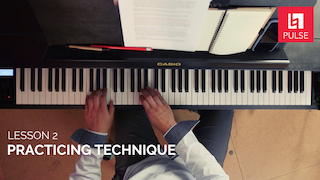

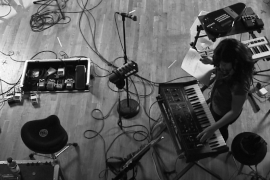

Through this lesson, students will gain an understanding of the relationship between musical and visual expression by creating a minor pentatonic composition for a chosen piece of media.

Students will gain an aural and theoretical understanding of the Aeolian mode through improvisation and analysis of a minor key groove.
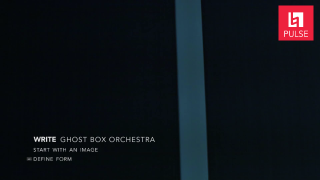
Guide the composition process by examining the relationship between minor and major pentatonic scales using a variety of song forms.

Grasp the relationship between the minor pentatonic and the blues scales. Then compose a melody over the harmonic structure of a standard blues progression.

Follow Harold Stephan’s video tutorial as he demonstrates how to leverage the power of a current hit song to teach the 12-bar blues.

Students will explore the socio-political factors that gave rise to the blues and discuss technology's influence on shaping musical genres.
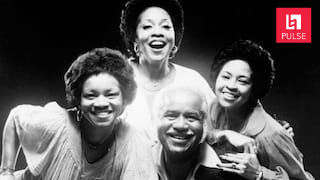
Students will discuss the socio-political factors that gave rise to the Civil Rights Movement of the 1960s with connection to The Staple Singers' tune “Wish I Had Answered".

Using Zili Misik’s spirited performance as a jumping off point, this lesson will engage students in listening to and playing a variety of rhythmic grooves inspired by music of the African diaspora.

Dive into the basics of a rhythmic pattern called “clave”, named after the traditional two-stick percussion instrument that forms the foundation for percussionists in most Afro-Cuban styles.
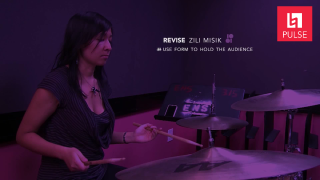
Build on your rhythmic and melodic concepts with this activity that focuses on creating a groove around the 2/3 son clave pattern and other commonly found rhythms in Afro-Latin music styles.

A holistic lesson that will test your ear training, composition, and performance skills using the spiritual “Wade in the Water”.
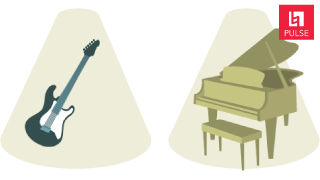
Learn about Professor Longhair’s iconic combination of the rumba with blues, boogie-woogie, and "second line" parade rhythms that shaped New Orleans' greatest musical traditions.
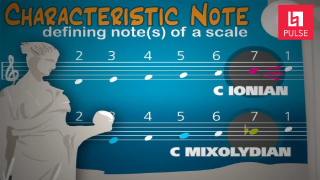
The D Mixolydian Rock Groove featured in this lesson consists of a chord progression over which you'll improvise using the D Mixolydian scale.

Set yourself up for success before you even begin to practice. Learn how to create goal-oriented and organized practice sessions.
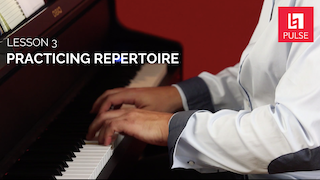
Your repertoire is a list of songs you know pretty well and feel comfortable playing at any time-- whether it’s onstage or a recorded session. Learn how to get started.

Improvisation is the art of composing instantaneously based on the melody, harmony, and structure of a song. Learn how to describe and understand improvisation’s role and develop strategies to improve your techniques.

Self-assessment is necessary to improve and grow as an artist. Learn how to find your own voice in music, identify your musical influences, and develop long-term goals.


